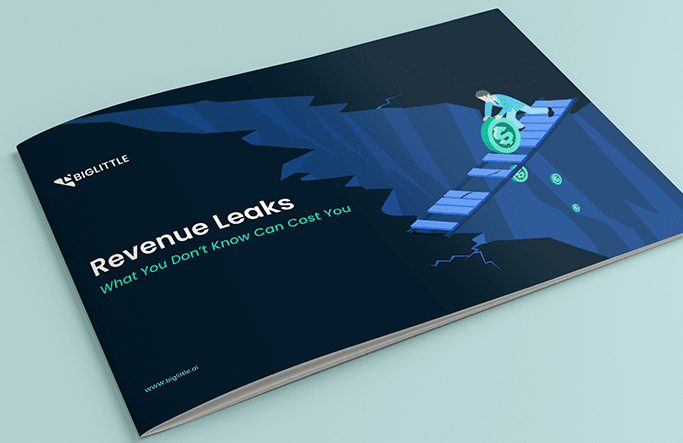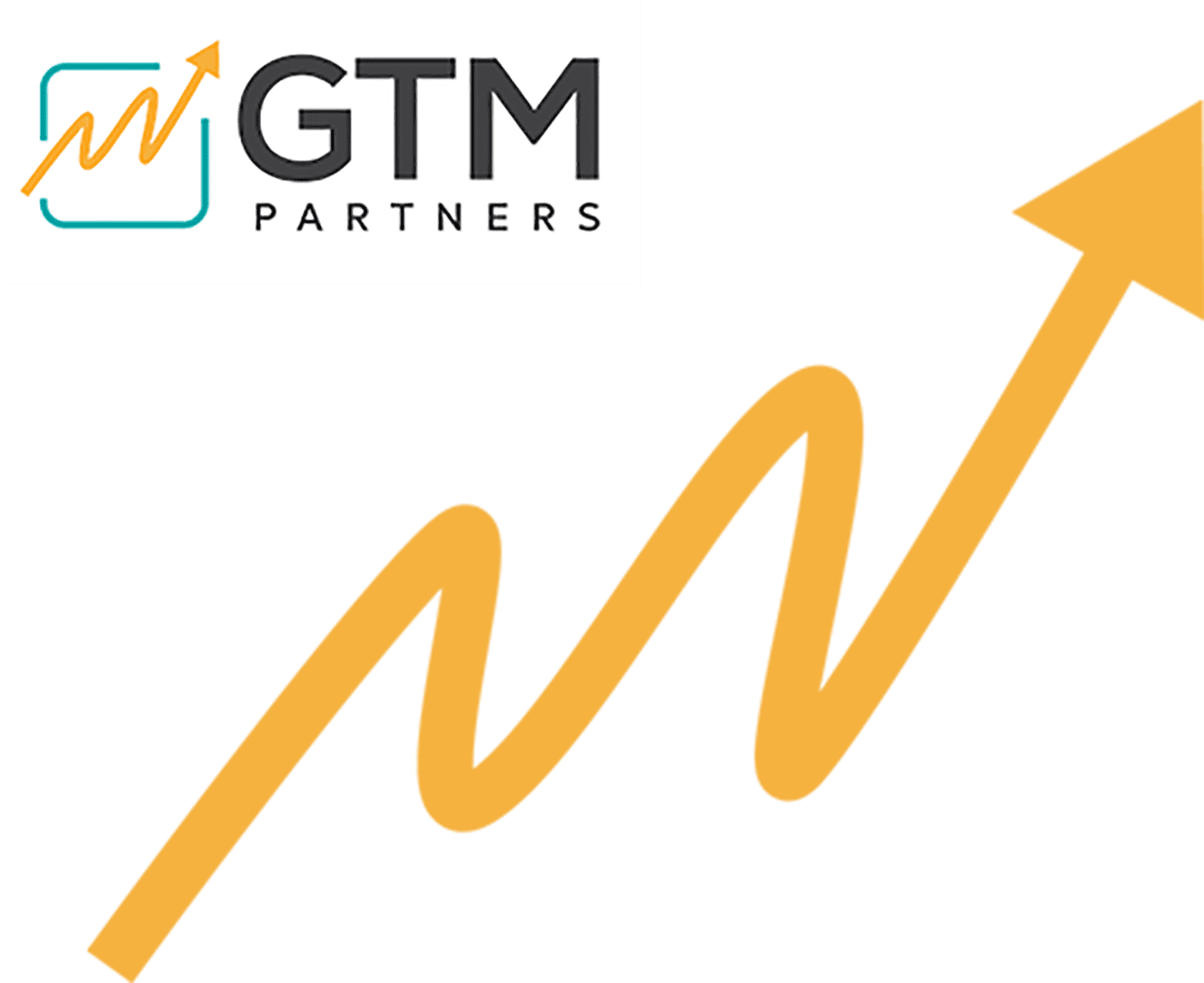How to Tackle Revenue Leakage in your RevOps: A Quick Guide
Discover strategies to address revenue leakage in RevOps with this concise guide, ensuring maximized earnings & efficiency.
- September 20, 2023
Table of Contents


How to Tackle Revenue Leakage in your RevOps: A Quick Guide
In the fast-paced RevOps industry, businesses grapple with revenue leakage—unintentional revenue loss from operational gaps and inefficiencies. A recent research report by Forrester indicates that Revenue Leakage, caused by inefficiencies across the customer lifecycle from lead to opportunity to active customer, can damage customer satisfaction and hinder growth. Hence, B2B operations leaders must extend their focus from internal performance enhancement to driving customer and buyer value.
Addressing Revenue leakage is critical for maintaining profitability in this highly competitive market. This blog explores and identifies factors causing revenue leakage in RevOps and offers tactics for prevention, all aimed at securing a leak-proof future for businesses.
According to EY, about 42% of firms reportedly suffer some form of revenue leakage. This could stem from operational inefficiencies, billing errors, suboptimal pricing, customer churn, and under-utilization of services and other factors. Given the recurring revenue model and slim margins expected in SaaS, these small leaks can compound over time, leading to significant losses. Therefore, identifying and managing these revenue leaks is crucial for maximizing profitability and ensuring sustainable growth in the SaaS industry.
Factors Causing Revenue Leaks
Here’s a list of factors that could potentially lead to revenue leaks:
Misalignment between Teams
In a business, different teams (like sales, marketing, operations, etc.) need to work towards a common goal. When teams are not aligned, there can be miscommunication, duplication of efforts, or missed opportunities, which can result in revenue leaks. For example, marketing may be measured by the volume of MQLs created while SDRs are compensated by the number of meetings booked and sales are compensated on revenue. As a result, there is an implicit conflict of interest that could drive unqualified leads into the pipeline from the marketing and SDR teams.
Cross-functional Blind Spots
In many organizations, data from each GTM system is siloed and not available for analysis cross-functionally with data from other systems. This creates blind spots in the organization’s collective understanding of how the revenue engine is actually performing. For example, the marketing automation system may indicate a high volume of MQLs but an end-to-end analysis may indicate that a certain cohort of MQLs (e.g. executive titles) don’t convert to opportunity or revenue.
Inefficiencies in the Revenue Engine
The revenue engine is the mechanism that drives all revenue-generating activities in a business, including sales, marketing, and customer success. If this process is inherently inefficient, it can lead to wasted time and money spent and missed conversions, and ultimately, revenue leaks. For example, if MQLs are not handled by the SDR/sales organization for multiple days, many of these leads will go stale.
Inconsistent Revenue Processes
Another issue is inconsistency of processes across individuals or geographical teams. For example, while the standard process may require reps to qualify an opportunity using the MEDDPICC sales model, some reps may not follow it leading to poorly qualified opportunities and wasted productivity.
Lack of Focus on Deal Velocity
A sales pipeline represents the process of converting potential leads into actual customers. If deals move slowly across this pipeline, it can lead to longer sales cycles, decreased sales productivity, and potential customer churn, causing revenue leaks. While most organizations keep a close eye on volumes and conversion rates, many however tend to overlook sales cycle durations or pipeline velocity.
Over Emphasis on New Business Sales
SaaS companies have traditionally had a strong emphasis on new business revenue which significantly dried up during the recent market downturn. As the key metrics for companies changed from ARR growth rates to net retention rate and CAC, companies have struggled to adjust their GTM models leading to revenue leaks on the existing business side and underperformance in related metrics and overall revenue attainment.
Tactics to Prevent Revenue Leakage in RevOps
To combat revenue leakage in your RevOps, you can adopt various strategies, many of which can be customized to fit emerging market trends. Here are some tactics to consider:
Ensure Automatic Collection of All Relevant GTM Data
Data entry or synchronization mishaps across siloed data sources are major sources of revenue loss in businesses. To prevent these, the first step is to automate your data, centralizing it in a way that both enables cross-functional analytics and minimizes the chance for errors. Automating data capture guarantees the accuracy and currency of data in your CRM at all times while enabling data correlation across sources prevents blind spots across the revenue engine.
Audits & Internal Process Reviews
Audits are crucial in verifying the accuracy and appropriate accounting of a company’s revenue, while internal process reviews aid in pinpointing potential revenue leakages due to inconsistencies or inefficiencies in the way GTM operations are run across the company..
During an audit or internal assessment, a company should scrutinize their current operations and look for deviations of the current from the desired or defined way of operation. This involves inspecting historical audit logs for leads and opportunities to look for inefficient state changes, systemic delays or other discrepancies across marketing, sales and CS operations.
Automate Monitoring of Revenue Metrics
Revenue leaks are amplified when the aforementioned GTM inefficiencies or anomalies continue unabated due to lack of visibility into the leak. Early detection of these issues is the first step towards quick resolution of revenue leaks but it is hard to operationalize as it requires 24×7 eyes on glass across multiple systems. By automating the monitoring of revenue metrics across multiple systems and consoles, technology can aid in the immediate detection of dropoffs in metrics, or other anomalies that are early indicators of revenue leakage, in a way that humans cannot match.
Cohort Analysis
Dashboards have an intrinsic limitation that they are snapshots in time. As a result, they don’t tell the whole story of how the revenue engine is performing, which leads to incorrect GTM decisions and as a result, revenue leaks. While a given metric, say ASP, may stay in the same range quarter over quarter, it is quite possible that its underlying factors (in the case of ASP, total revenue from different bands, # of won deals across different bands) vary widely. In order to better make data-driven decisions on how specific market segments are responding to go-to-market activities, companies must incorporate cohort analysis as part of their standard revenue operations.
Adapting RevOps for Future
As the digital landscape continues evolving, so does the SaaS industry, introducing new business opportunities and challenges. Among these challenges, revenue leakage is a pressing issue that, if unaddressed, can substantially undercut a company’s profitability. However, with thoughtful strategies and adaptability, SaaS businesses can mitigate this leakage, ensuring a sustainable and profitable future.
Here are some insights on shaping a leak-proof RevOps:
Use Technology to Find Leaks
Technology is now available to help organizations pull cross-functional data together from across siloed data sources and correlate them to identify issues that drive revenue underperformance. One technological approach is via the deployment of a data lake for analysis. This typically works for companies that have large analyst teams and budgets but the benefit is that the solution can be built exactly to their needs. For companies with tighter resources, new tools for revenue leak mitigation are starting to emerge. Look no further than BigLittle.ai if you want to know more about revenue leak mitigation solutions.People and Process Improvements The next step in revenue operations after the detection of a revenue leak is the revision of current GTM processes that create the leakage, and the training and education of personnel (ops team members, sales reps, CSMs) in order to ensure that people embrace the new processes devised. Modern day tools are able to not only identify the leak but also identify potential root causes and recommend process changes that could remediate the leak.
Continuous Governance
Revenue leaks are typically caused by inefficient actions by humans. Given that humans are creatures of habit, it is very easy for them to revert back to their habitual yet leaky behavior of the past. In order to ensure that the leak has been plugged and stays plugged in the foreseeable future, revenue leaders must put systems or processes in place to ensure that individuals on the team don’t revert back to old leaky habits. Instituting this type of continuous governance will create a system of operational excellence in modern day revenue teams.
BigLittle can help you Plug the Revenue Leaks in your Revenue Operations
BigLittle RevenUp allows users to comprehensively view and manage revenue leaks across the end-to-end revenue engine from marketing to sales to customer success. They can see aggregated leak data, track trends and root causes, and take corrective action to remediate and ensure adherence to the remediation plan, Additionally, they can assign leaks to other viewers and collaborate with them. They can also monitor these leaks over time, constantly scrutinizing any changes or trends. As a revenue leak mitigation platform, BigLittle RevenUp provides an in-depth, customizable platform for detection, remediation and ongoing monitoring of revenue leaks for GTM teams.


BigLittle RevenUp is more than just a tool—it’s a strategic partner that helps you protect your business’s most crucial aspect—revenue. Why wait for more leaks to spring?
Get in touch with us today to learn more.



